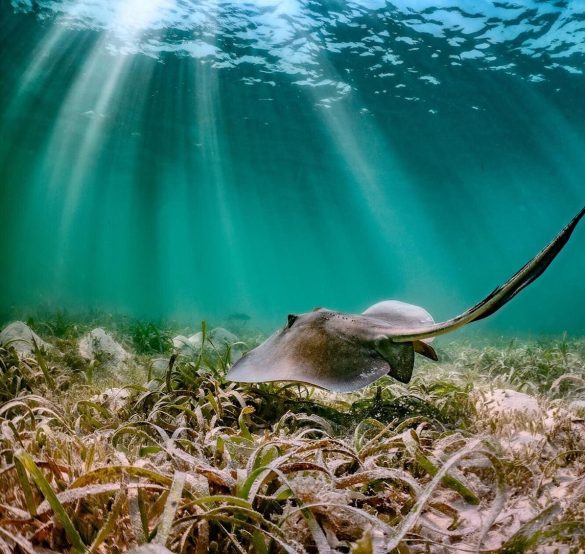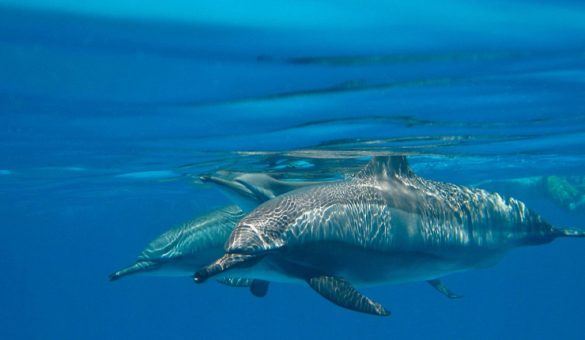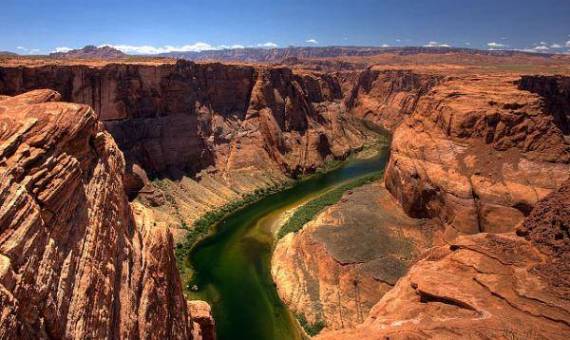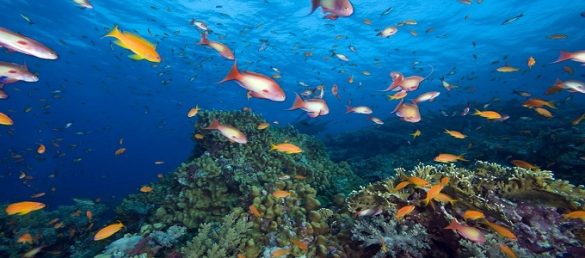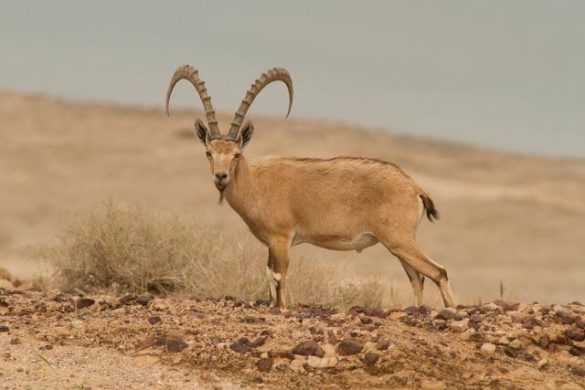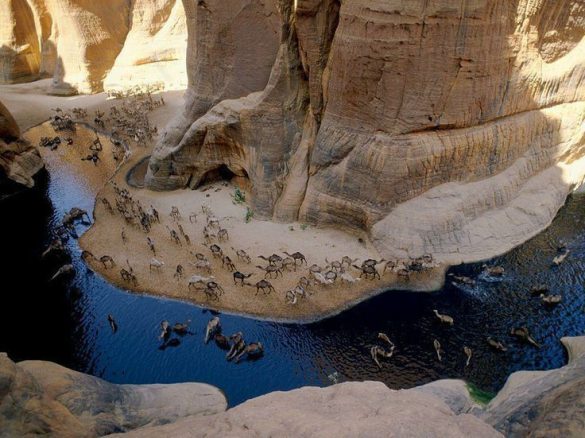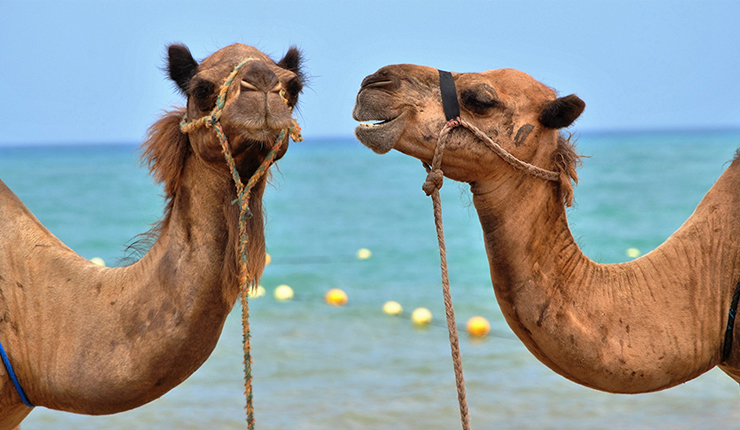Egypt’s orientation of ecotourism has become a key part of the strategic plan for the development of natural reserves, including the Wadi El Gemal reserve, also known as Valley of the Camels.
Wadi El Gemal is located some 45 km south of Marsa Alam city and lies just to the north of Hamata and Berenice. This protected area includes the Hamata islands and Wadi El Gemal islands.
El-Fustat Eco-lodge
Wadi Jamal promotes eco-tourism with privately owned eco-lodges built there, and many operators organise eco-friendly sightseeing and birdwatching trips. One of the most renowned camps there is El-Fustat Eco-lodge.
El-Fustat Eco-lodge was built in 2005 using traditional materials and architecture; the staff there is employed to educate tourists on the ecology, geology, and history of the valley.
The Eco-lodge contains a miniature cinema there, where visitors can watch documentaries about wildlife, native inhabitants, and overall history.
Egypt’s Ministry of Environment set out to spruce up the Red Sea Governorate’s Wadi El Gemal National Park, in an effort to protect and maintain the country’s biodiversity.
The participants in the campaign went on to clean the park of plastic bags and rubbish, eventually transferring them to Marsa Alam’s public dump for further processing.
Wadi El Gemal National Park
Wadi Gemal protectorate earned her status as national park in 2003. It comprises the Red Sea coast, coral reefs, many dive sites, huge seagrass prairies, bird sanctuaries, lakes and mangrove forests. It has an extreme biodiverse character.
The park is one of the most natural areas of Egypt, declared as protected area but use for creation, has many spots of diving, bird watching, relaxing, dolphin house, safari and antiques from Roman age.
With more than 450 species of corals and over 1,200 species of fish, this destination is teeming with marine wildlife making it the ultimate spot for divers to hit the water and explore its depths.
There is a multi-flexible eco-programme to Wadi Jamal, including eco-diving programme, bird watching programme, desert programme, dolphin house programme include transportation from everywhere in Egypt.
Valley of the Camels
The Valley of the Camels, is also home to the intriguing mountain of Mons Smaragdus. This area once was a thriving and flowering mining complex. The intensive mining operations hark back to ancient Ptolemaic and Roman times.
The fauna takes on new forms as Acacia trees begin to dominate the centre of the valley. These umbrella-shaped trees are some of the main sources of food for the surrounding convey of camels.
In that valley, you can also find endangered animals like ibex and gazelles roaming around.
